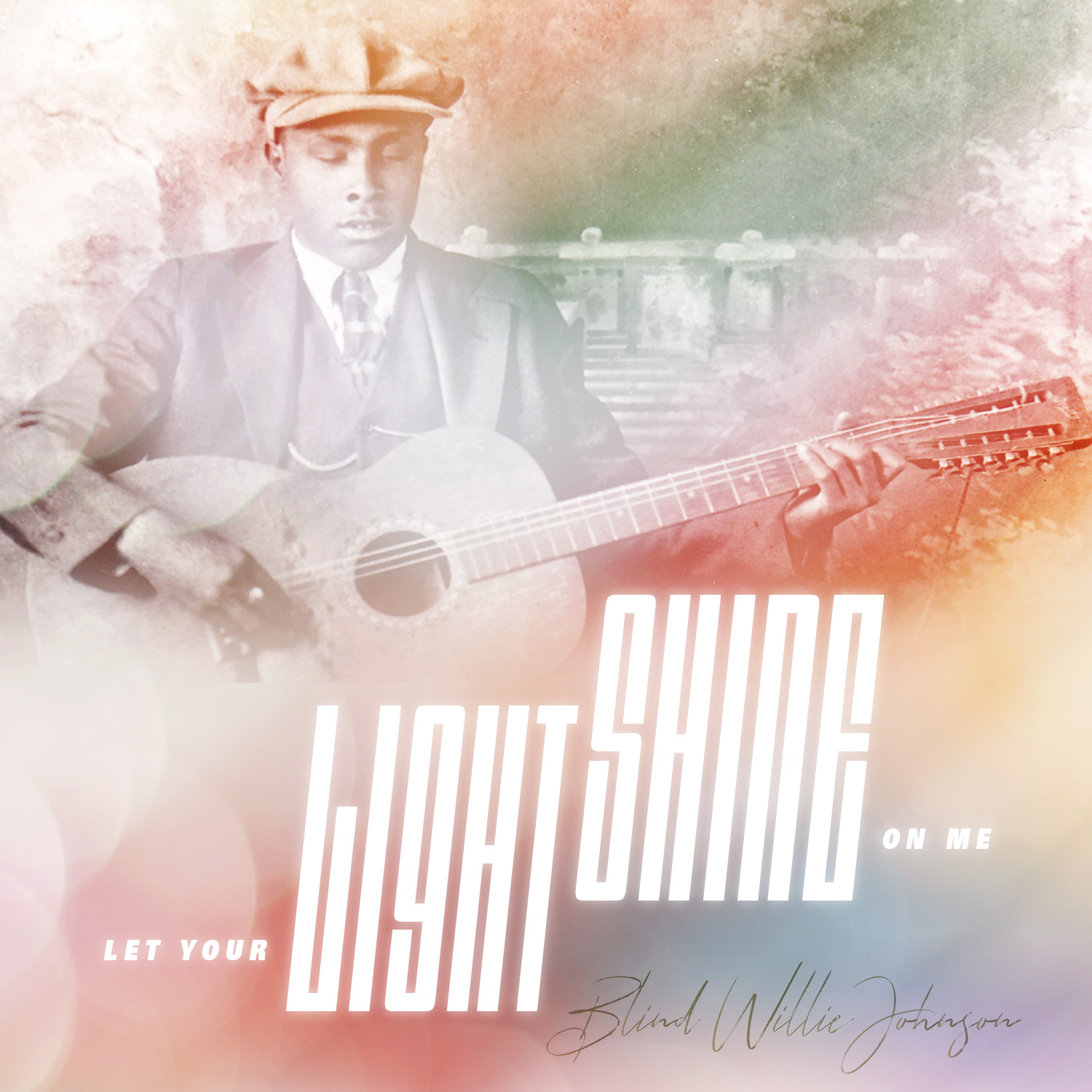Written by Kris Kristofferson in 1972, Why Me Lord was inspired by Connie Smith’s impromptu invitation to Jimmy Snow’s church. In a YouTube video, Kristofferson retells a profound religious experience for him. After hearing the song “Help Me” by Larry Gatlin and being moved by it, he responded to an invitation from Jimmy the pastor. The invitation was as Kristofferson remembers, “If anyone is lost, please raise your hand?” Kristofferson found himself raising his hand and coming forward to meet the Jimmy without even knowing why he would do such a thing. Once there, Jimmy had him kneel and spoke words over him, Kristofferson doesn't remember to this day. At this, Kristofferson began to weep from the release he felt for a forgiveness he was unaware he needed.
If you would like to listen to Kristofferson tell about his experience, and enjoy one of his most popular songs, check out the source link below.
© Helpful Creative
Source: Ash Newell Photography









